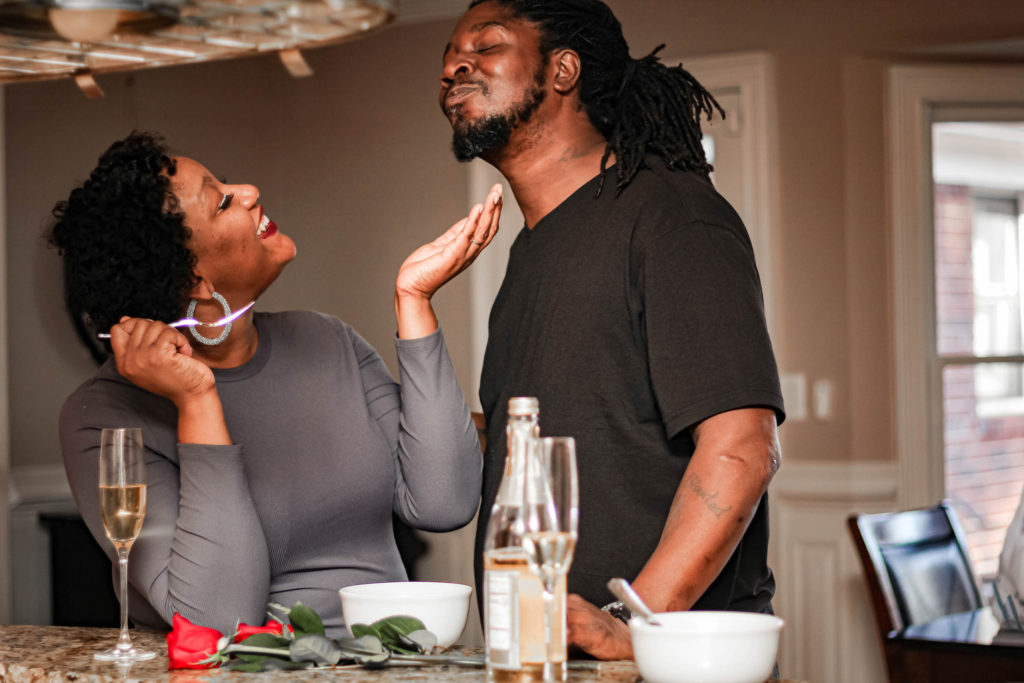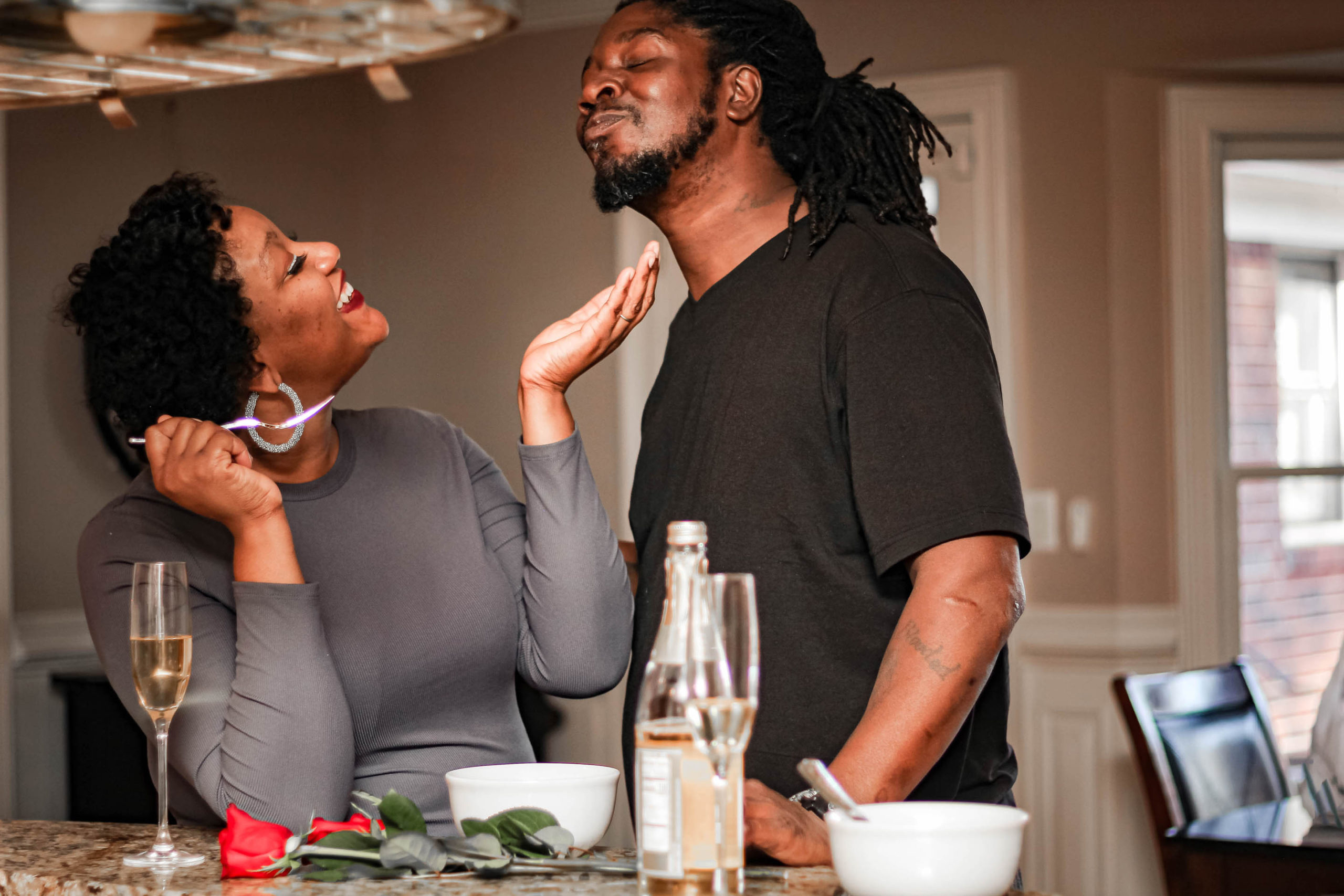
Every relationship has it’s patterns, whether those be healthy patterns or unhealthy patterns. Those patterns often emerge when couples find themselves in conflict. When a disconnection happens and goes on over time, the interactions will become more and more negative between the couple. Statistics show that couples who get stuck in this pattern within the first few years of the marriage have an 80 percent chance of divorcing within four or five years.
An example of a couple having a pattern of disconnection is Tim and Jen. They have a longstanding argument about Tim being late to planned engagements. Jen says “doesn’t it matter that I’m left waiting up for you and you let me down?” Tim responds with “I got held up. I was running late. And then you start nagging and I don’t want to go anymore.” It becomes a circular argument. She’s pleading for Tim to respond to her emotions and Tim just shuts down, offering stony silence.
They’re convinced the problem is her nagging and his irresponsibility. Both end up frustrated and disconnected. The intimacy in the relationship starts to fade because of the tension. Jen blames Tim and Tim blames Jen. Neither see the real problem, but both are stuck in a disconnected loop.
Eventually, the what of any fight won’t matter at all. When couples reach that point, the relationship becomes hardened with resentment, caution, and distance. Every slight disagreement now is seen through a filter that become explosive. Everything said is perceived as a threat. Partners will constantly be on guard and defensive. Even if they want to come close, they won’t for fear of being hurt. This leaves couples emotionally starved.
Sometimes partners can get a glimpse of the pattern, but don’t know how to change it. The pattern becomes so compelling and automatic that they can’t stop it. Most couples, however, aren’t aware of the pattern that they’re in with the relationship. Partners scramble for explanation, and decide their partner is harsh and cruel. Until we address the fundamental need for connection and the fear of losing it, the normal techniques such as learning problem-solving or communication skills, examining childhood hurts, taking time-outs, are all ineffective.
Standard remedies don’t address safe emotional connection. They don’t teach couples how to reconnect or stay connected. As partners, being poised together delicately on a tight rope. When the winds of doubt and fear blow, if you can clutch each other closer and sway more to each other, It can help you pull together. To balance on the rope together, you must sway with each other and shift with each other’s moves. Respond to each other’s emotions, and as you connect, balance each other out. It will bring emotional equilibrium.



